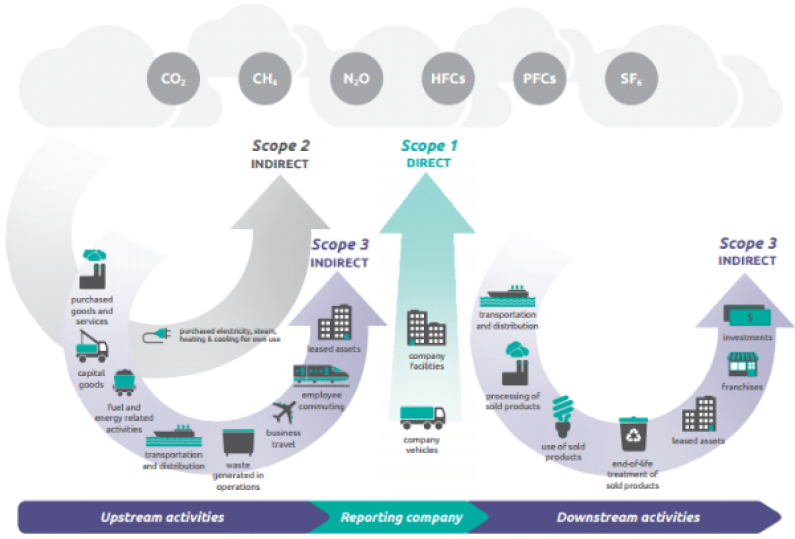
The study found that people who work remotely four or more days a week can reduce their carbon footprint by up to 54 percent, and those who do so up to four days a week can reduce it by up to 29. Biking to a nearby coffee shop with your laptop, for example, is an extremely carbon-efficient way to work. This doesn’t mean that working from home cannot lower emissions substantially, however. “It doesn’t stand up to scrutiny,” says Caulfield, who was not involved in the study. Unfortunately, “that’s not true,” You says.īrian Caulfield, a civil and structural engineer at Trinity College Dublin, agrees. Recently some politicians have championed working from home as a major climate solution and have credited it with a 95 percent reduction in emissions. And remote workers are more likely to move out of big, centralized cities, where lifestyles are generally less carbon-intensive than in suburban or rural areas.Īll of these observations have big policy implications. The researchers also found that working from home can prompt people to use more energy over the course of a workday on things such as air-conditioning and a dishwasher. In fact, remote workers often drive more often than their in-office counterparts by taking several short car trips throughout the day. But You and his team found that this isn’t the case. Some of the results, You says, were “surprising.”įor example, many previous analyses of remote work assumed that cutting out an office commute meant that workers wouldn’t drive during the day. By comparing these data with recorded greenhouse gas emissions from in-person office work, they calculated the actual carbon reduction potential of working from home. You and his team were able to obtain a massive anonymized dataset from Microsoft that gave them an unprecedented window into remote workers’ day-to-day energy use and lifestyle. “This problem is fairly complicated,” says Fengqi You, a systems engineer at Cornell University and co-author of the paper. The results were published on September 18 in the Proceedings of the National Academy of Sciences USA.Ĭalculating the carbon cost of remote versus in-office work was a challenge.

The team found that remote work has the potential to reduce an individual’s carbon emissions by more than half-but only if they take the necessary measures at home.

By looking at five factors, including commuting, noncommute travel, information technology devices, office energy efficiency and residential energy use, researchers were able to calculate how much carbon the average American office employee saves by working from home.

Yet there have been few in-depth studies into how sustainable remote work actually is.Ī new analysis examines the sustainability question and provides a comprehensive insight into the climate mitigation potential of remote work in the U.S. And intuitively, it makes sense that cutting out a daily office commute would save a substantial amount of greenhouse gas emissions. Proponents argue that working from home is better for both workers’ health and the planet. The benefits of remote work have become a hotly debated topic. Since then many workers have returned to the office-but around 20 percent have continued to work from home at least part-time.

At the height of the COVID pandemic, an estimated 50 percent of all Americans began working remotely.


 0 kommentar(er)
0 kommentar(er)
